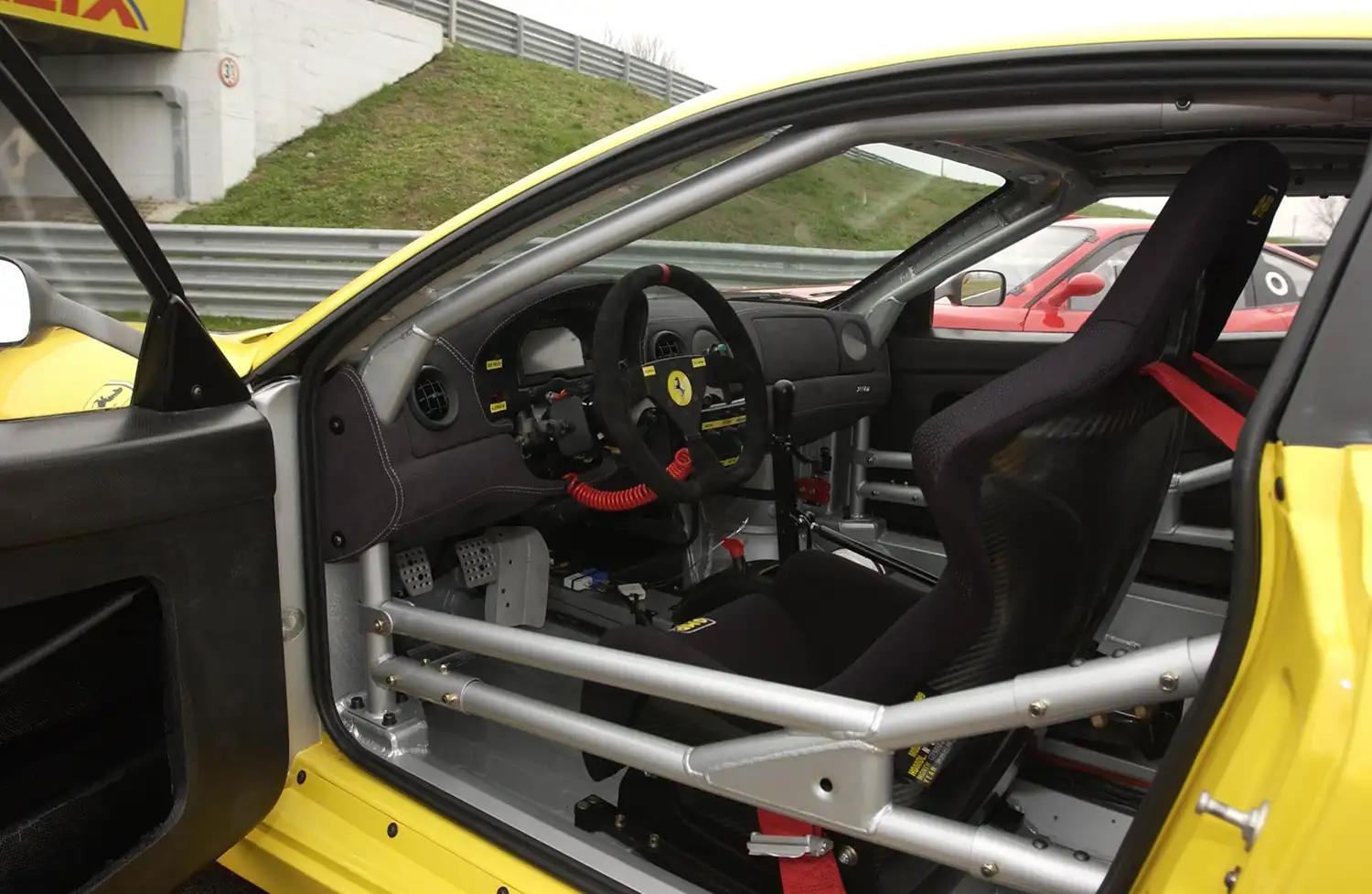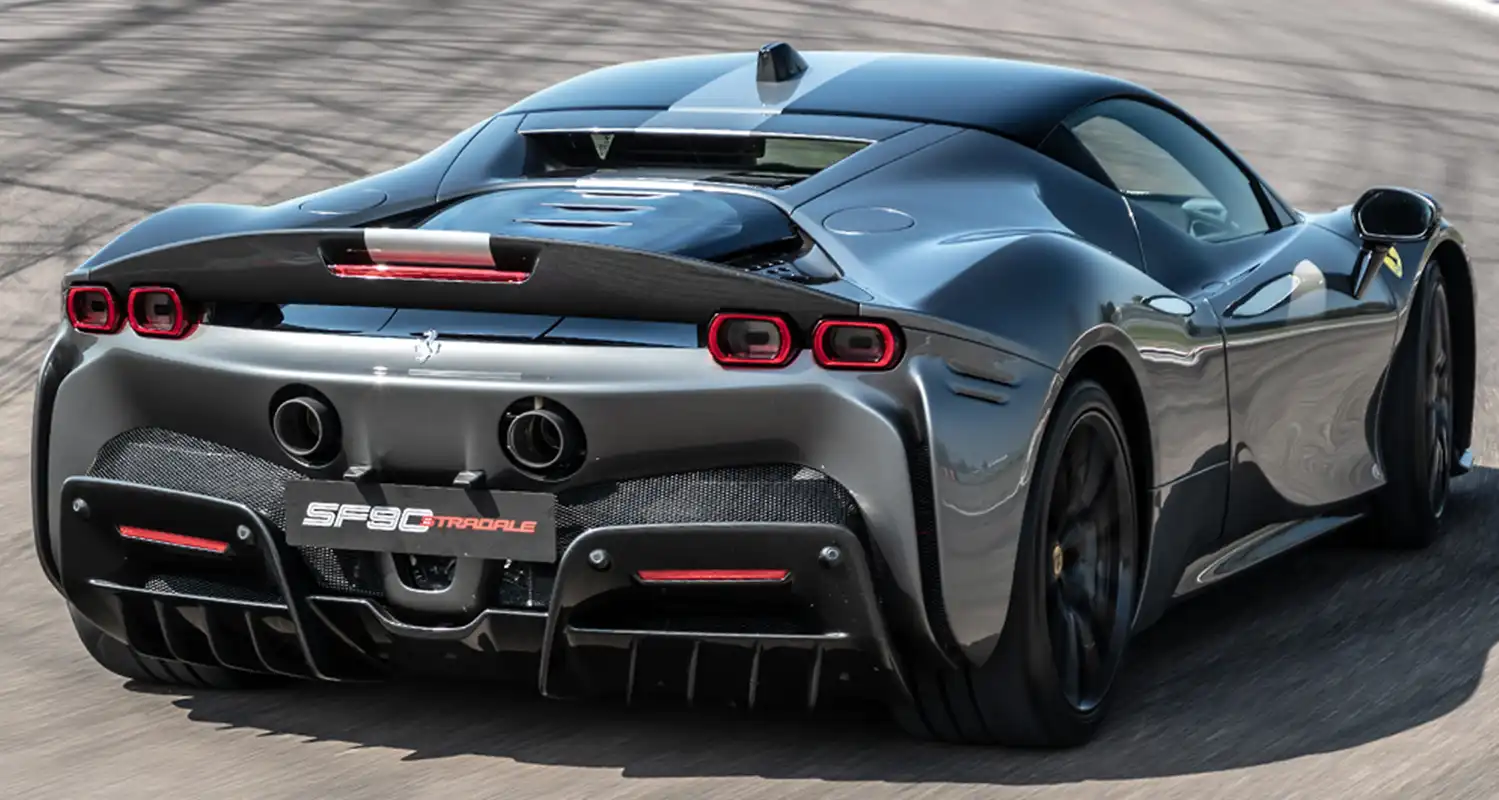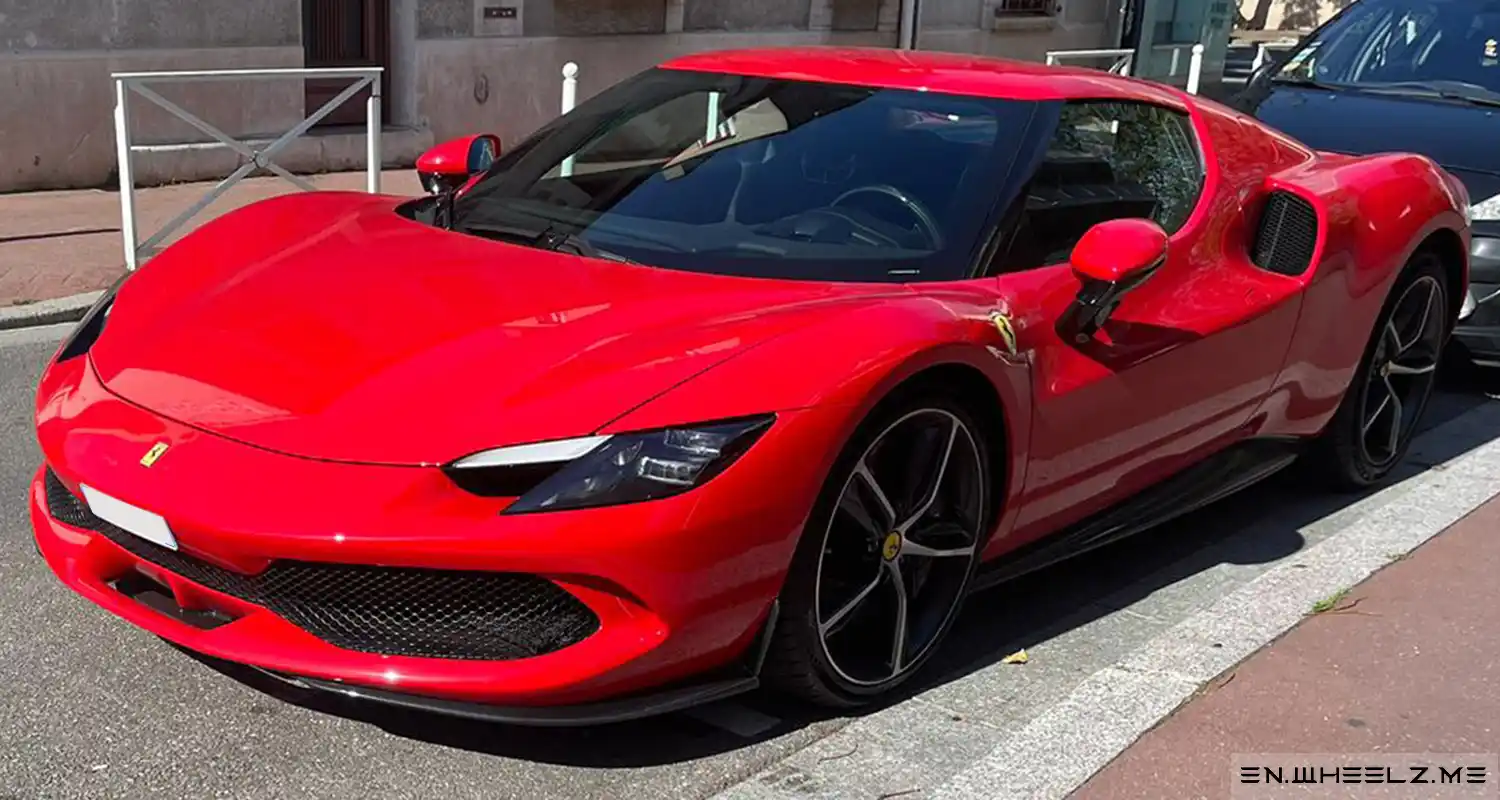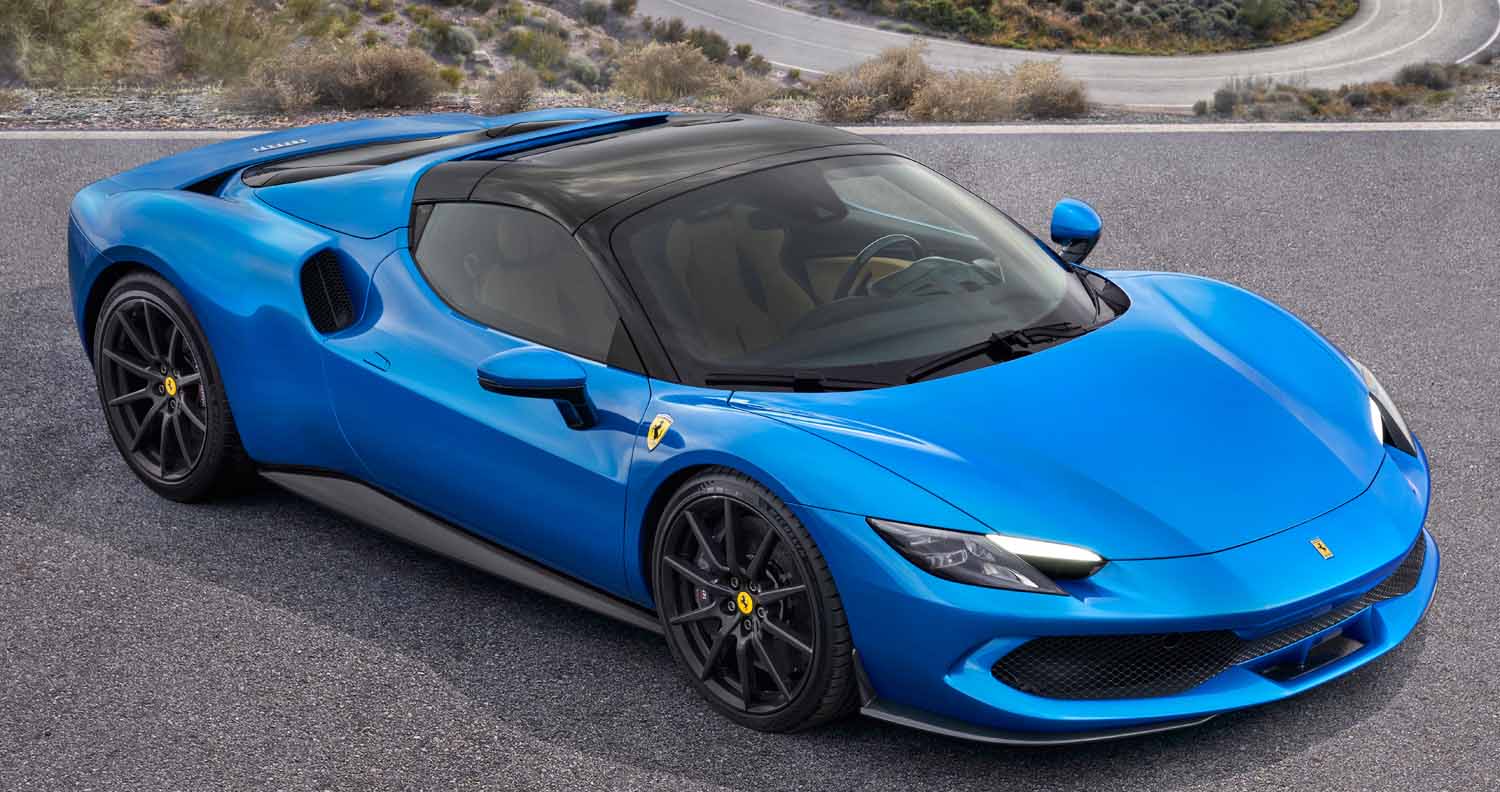
The Ferrari 360 GTC has been developed to replace the previous 360 GT. With a kerb weight of 1,100 kg (2,425 lb) (with ballast), it was built since 2004 by Ferrari Corse Clienti department in collaboration with Michelotto Automobili to compete in the N-GT class. It made use of recent evolutions successfully race tested on the Ferrari 360 GT, with a sequential six-speed gearbox and a further improved Magneti Marelli electronics package. The aerodynamics are substantially different from the 360 GT, given that the 360 GTC had been newly homologated by FIA/ACO from the Challenge Stradale, taking up from its basic elements: front bumper, side skirts, engine cover and double rear end. Wind tunnel research has led to a new system for the rear wing, with a notable improvement in vertical downforce. The performance of the 3,586.3 cc (3.6 L) 90-degree V8 engine has been improved in terms of fuel consumption.
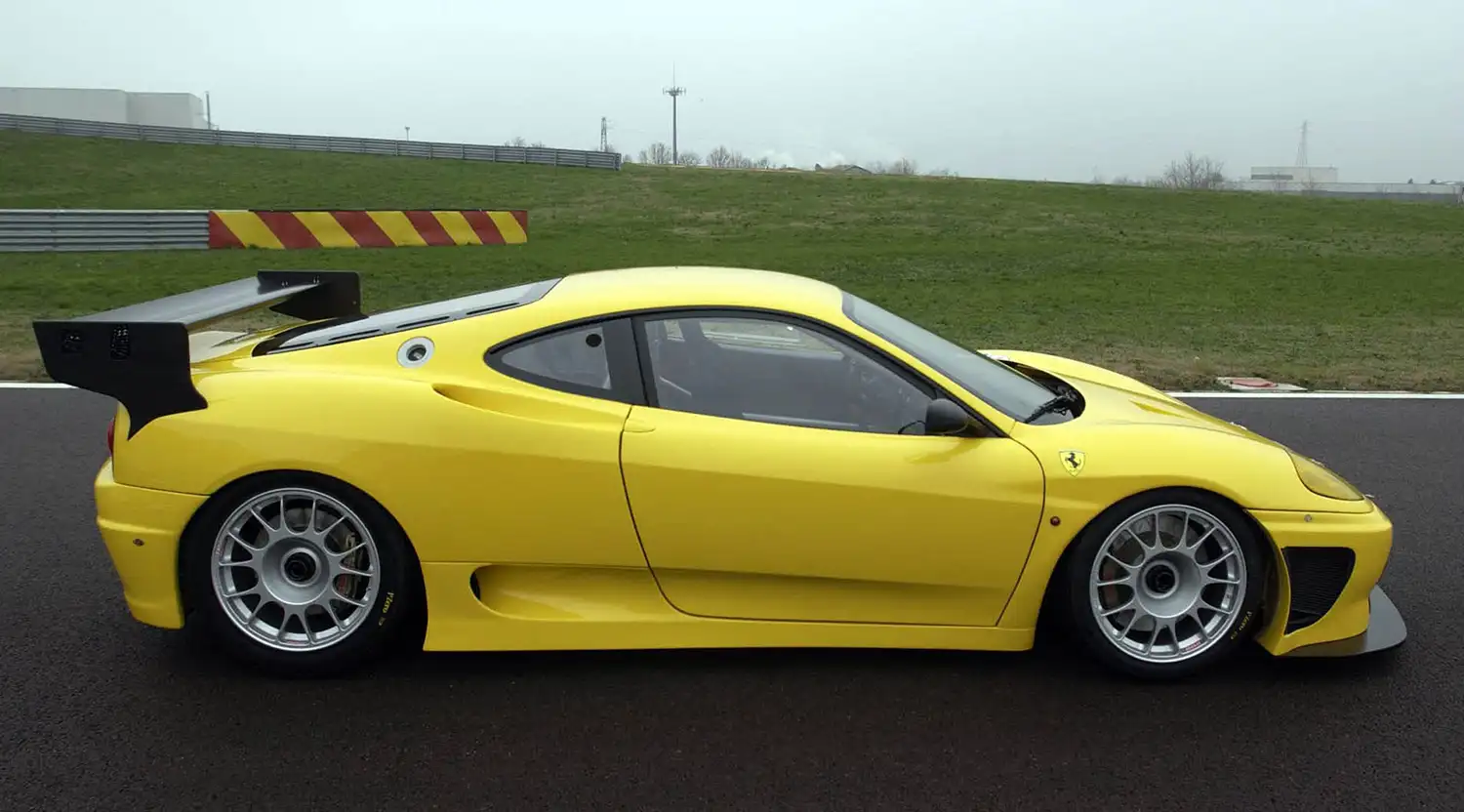
In 2009, a privately owned Veloqx-Prodrive Racing 360 raced de-restricted, fully tuned variations of the GT-C in endurance races around the world including Silverstone, Sebring and Le-Mans.
The original 360GT’s power output was 451 PS (332 kW; 445 hp) at 8,750 rpm, the GTC bettered that raising peak power to 479 PS (352 kW; 472 hp) while still breathing through the mandatory 30.8 mm (1.21 in) air restrictors. (Without the mandatory [for racing in N-GT class] air restrictors in place the engine dyno’s at 550 bhp (410 kW)).
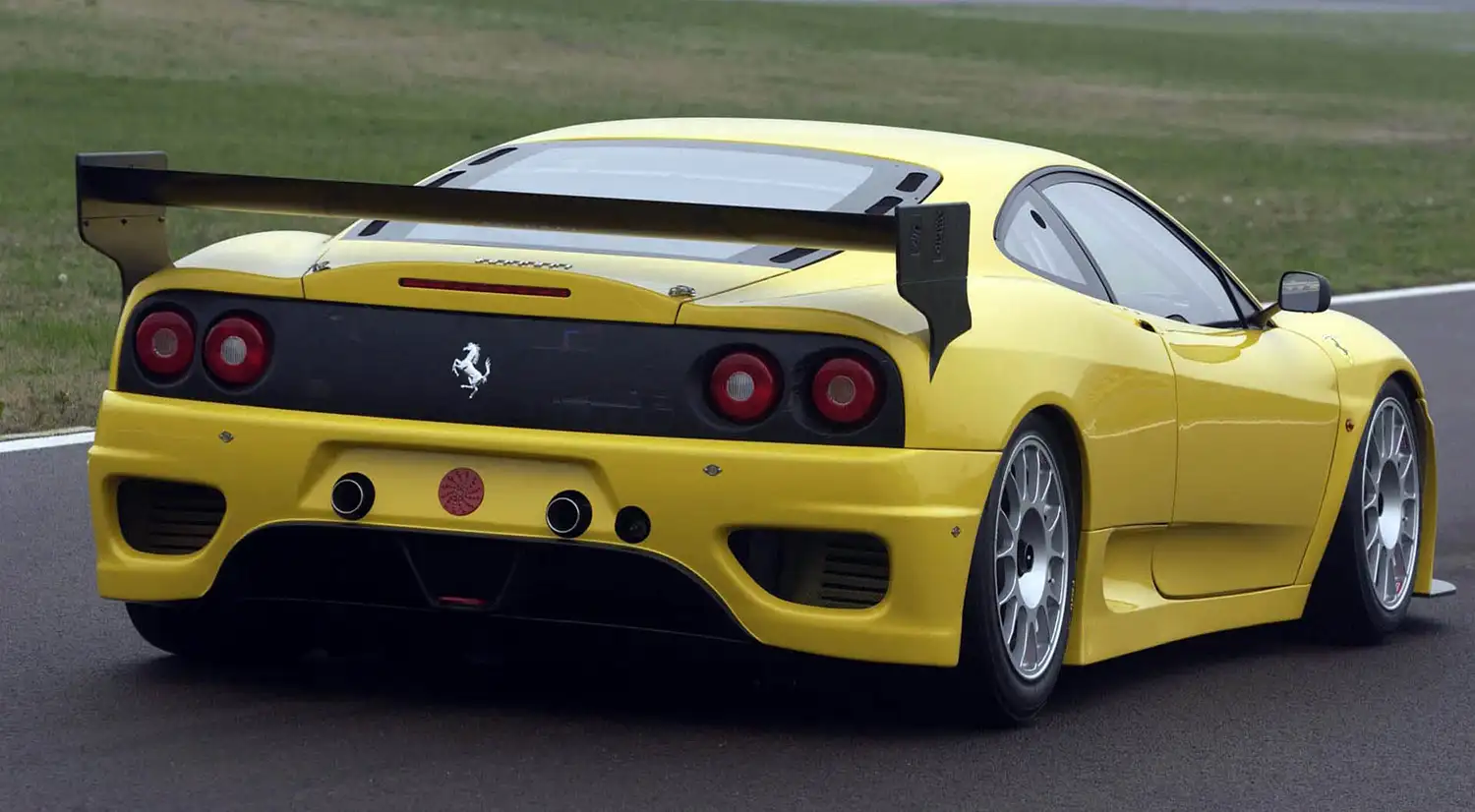
Specifications
- Country of origin: Italy
- Introduced at: 2003 Bologna Motor Show
- Body design: Pininfarina
- Weight: 1,000 kg (2,205 lb)
- Engine: F131 90° V8
- Engine Location: Mid, longitudinally mounted
- Displacement: 3,586 cc (3.6 L; 218.8 cu in)
- Valvetrain: five valves / cylinder, DOHC
- Fuel feed: Magneti Marelli MR3 Fuel injection
- Aspiration: naturally aspirated
- Gearbox: six-speed sequential
- Drive: rear wheel drive
Performance
- Power: 351 kW (477 PS; 471 bhp) at 8,750 rpm [558 PS; 410 kW (550 bhp) unrestricted]
- Torque: 440 N⋅m (325 lb⋅ft) at 6,500 rpm
- Power to displacement ratio: 131 hp/L (97 kW/L)
- Power-to-weight ratio: 472 hp/tonne (352 kW/tonne)
- Top speed: Over 320 km/h (200 mph)
- 0 to 100 km/h (62 mph): 4.2 seconds
Source: Wikipedia ( GNU Free Documentation License)
